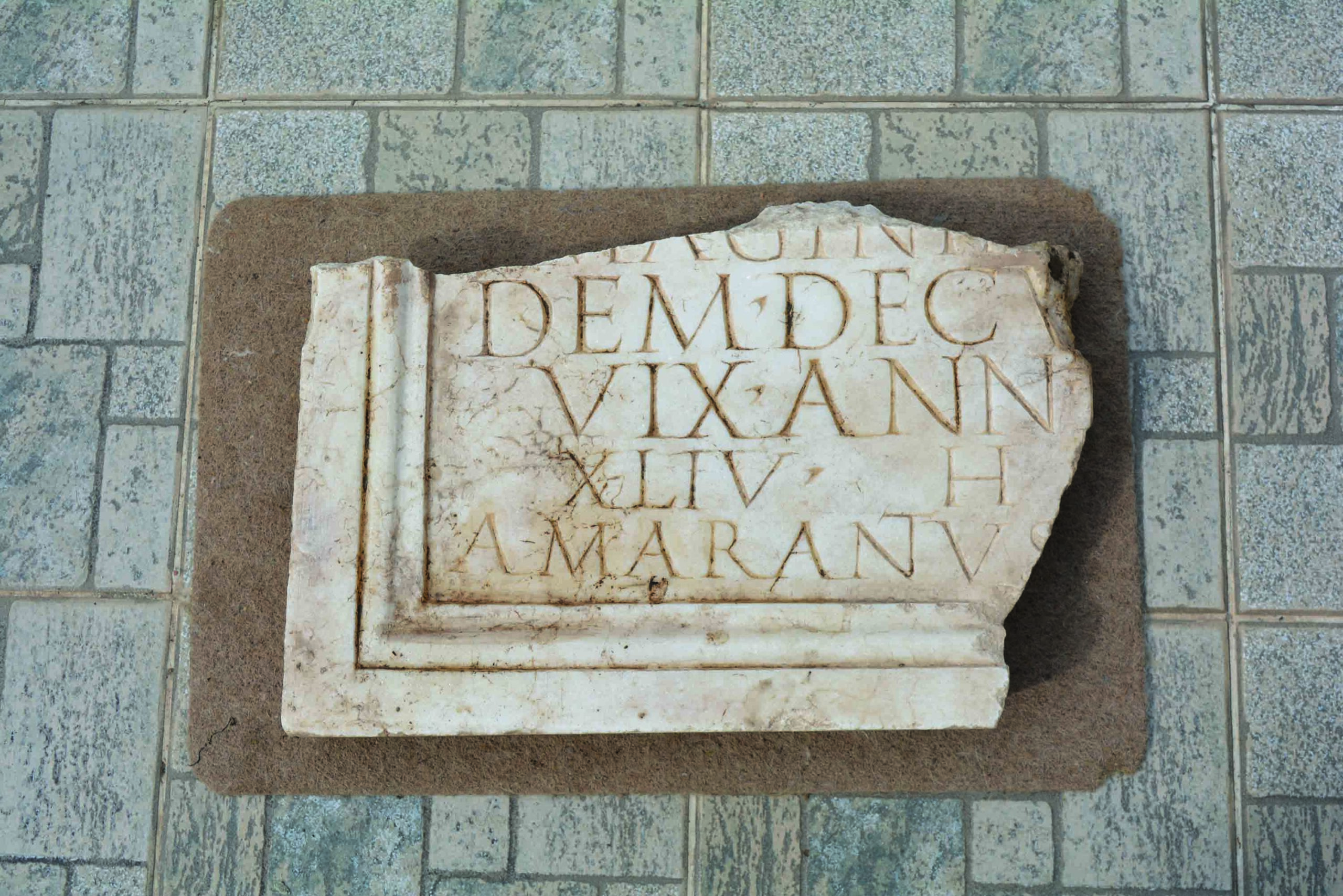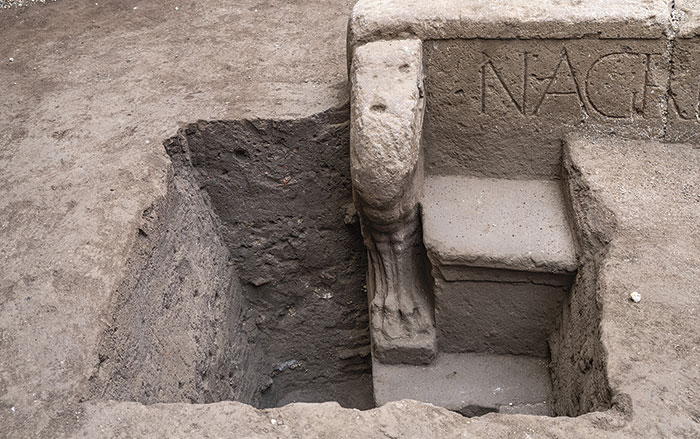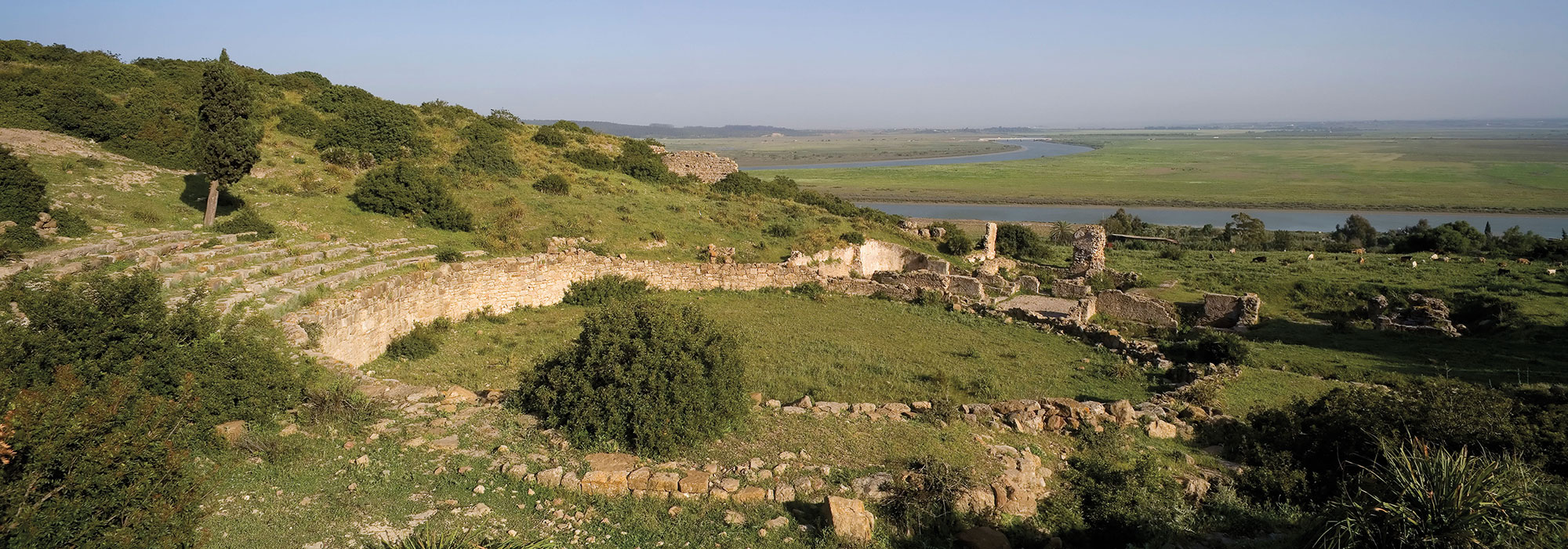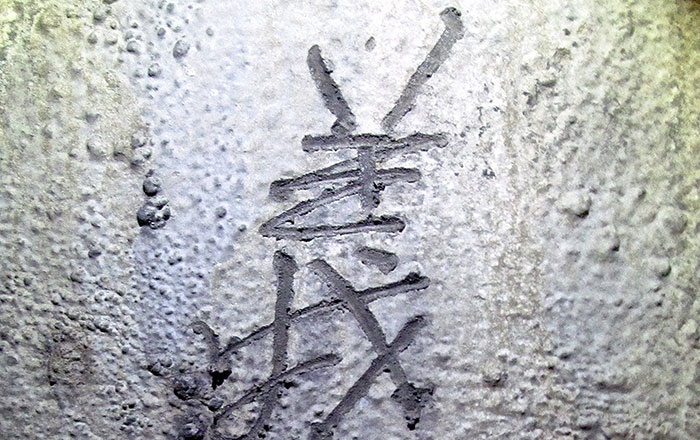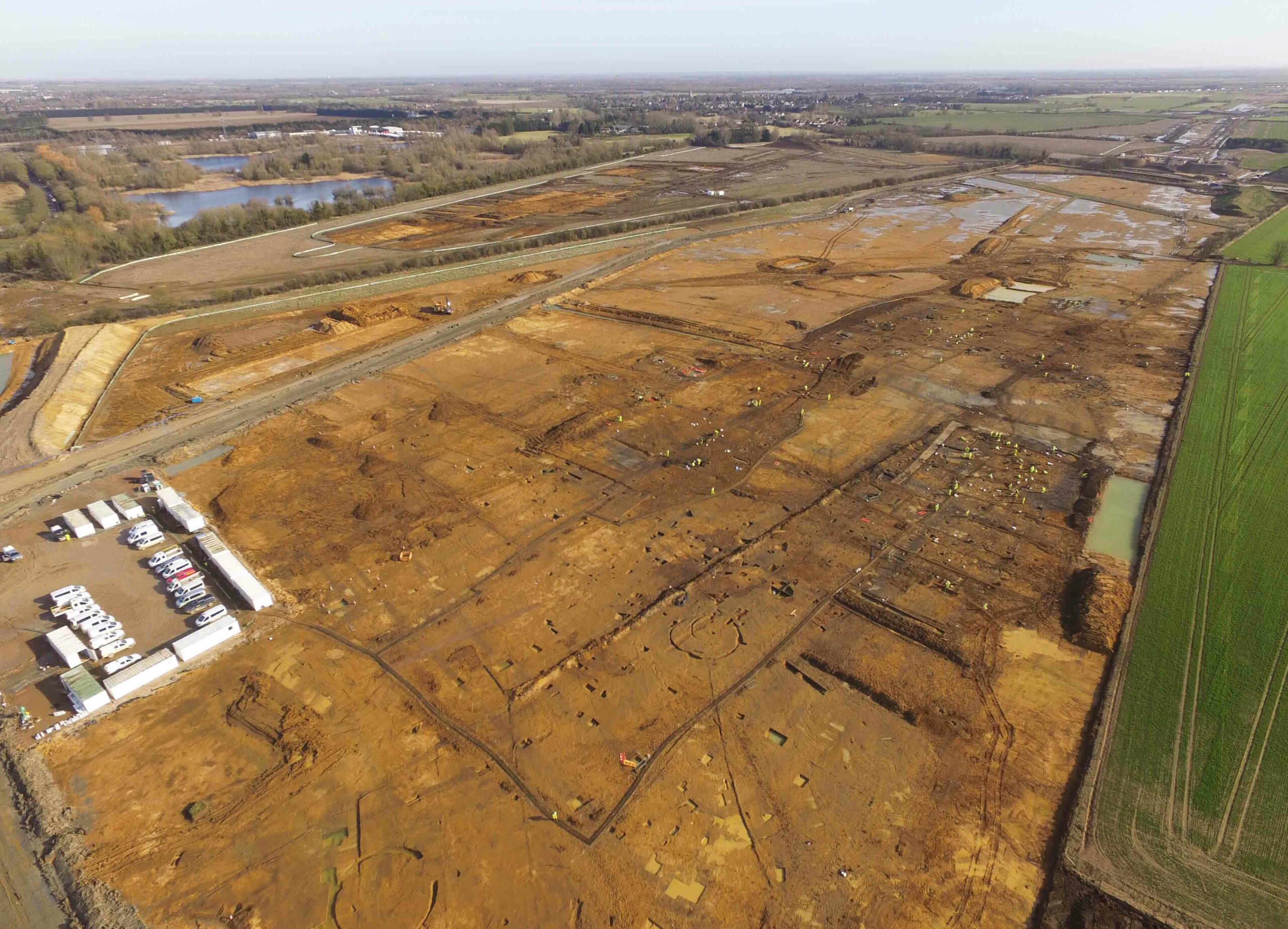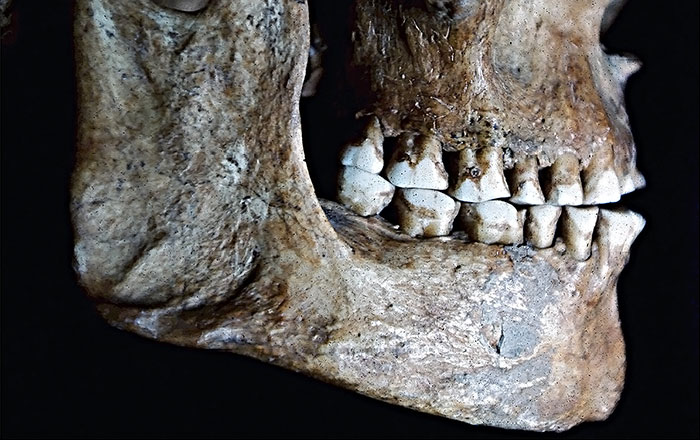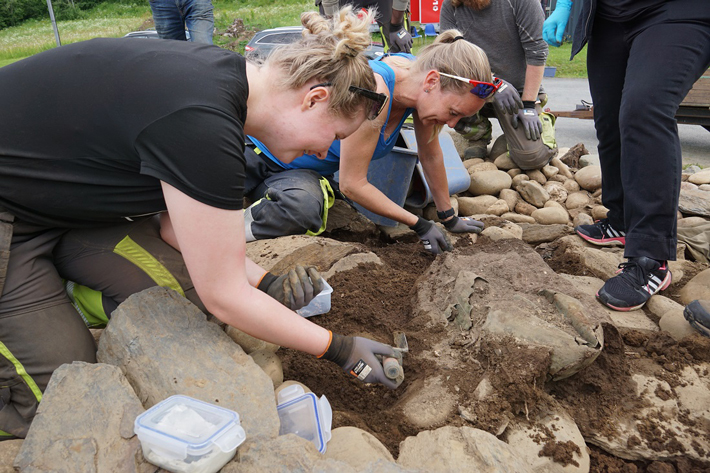
TRONDHEIM, NORWAY—Archaeologists from the Norwegian Institute of Science and Technology Museum report that they have discovered a bronze cauldron in an ancient cemetery located in the path of a highway slated for construction through central Norway’s Gaula River Valley. Team member Merete Moe Henriksen said the researchers first investigated the area with a metal detector, and therefore expected to find something under the burial cairn’s stones. Cremated human remains had been placed in the Roman-style vessel, which is believed to have been manufactured in Italy or Roman provinces of the Rhine region sometime between the second and third centuries A.D. It was then wrapped in birch bark, buried, and covered with a stone slab. Henriksen and her colleagues think such vessels were mass produced for export to Scandinavia, where they were often used as burial urns by the elite. As many as 50 such vessels have been uncovered in Norway. Evidence of repairs indicate this vessel was probably used for another purpose before it ended up in the grave, where it was compressed by the weight of the cairn. Conservators will now examine the vessel and its contents in detail. To read about a famous Roman bronze, go to "Hand Picked."



